A Spanish–Swedish collaboration and a Japanese team were declared joint winners of the world’s second nanocar race. The 24-hour event saw eight single-molecule racers compete along a 4–6 nm wide track at the Center for Materials Elaboration and Structural Studies laboratory in Toulouse, France.
This was the second time nanocar builders have competed against each other, following the world’s first nanocar race, which was held at the same venue in 2017. Competitors used a remote-operated scanning tunnelling microscope to drag their nanocars along a track made from a pure gold crystal. The teams were judged on the total distance covered in the 24-hour period and also the number of turns they completed in a slalom section.
The Nanohispa team’s Sparc nanocar
The Nims-Mana team from the National Institute for Materials Science in Tsukuba, Japan, steered their porphyrin-based supramolecular nanocar, dubbed the Spider–slider, through 54 turns across a record-breaking 1054nm.
The Nanohispa team led by researchers from the Imdea Nanoscience Institute in Madrid, Spain, were declared joint winners after matching the Japanese team’s 54 slalom manoeuvres. The team describes its Sparc car as a ‘minimalistic’ hydrocarbon structure, consisting of an anthracene chassis with benzene and toluene wheels.
A livestream of the event was watched by more than 41,000 virtual spectators over a 26 hour period.








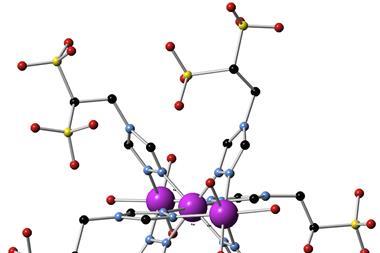
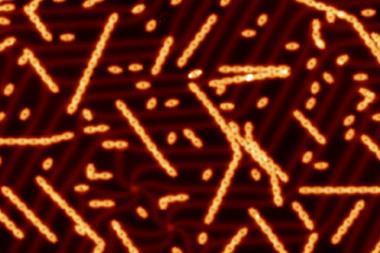
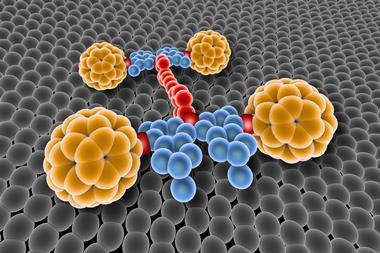
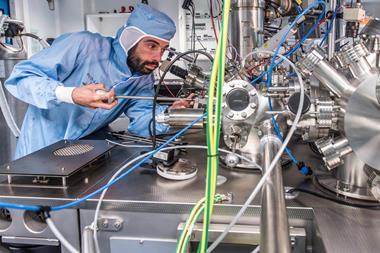


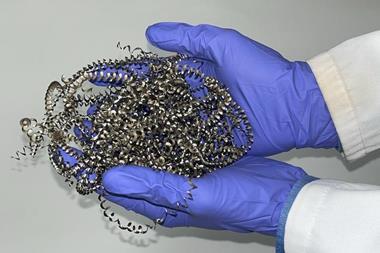

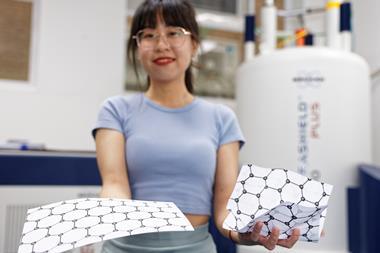



No comments yet